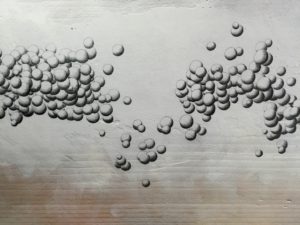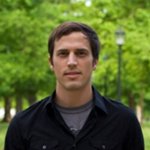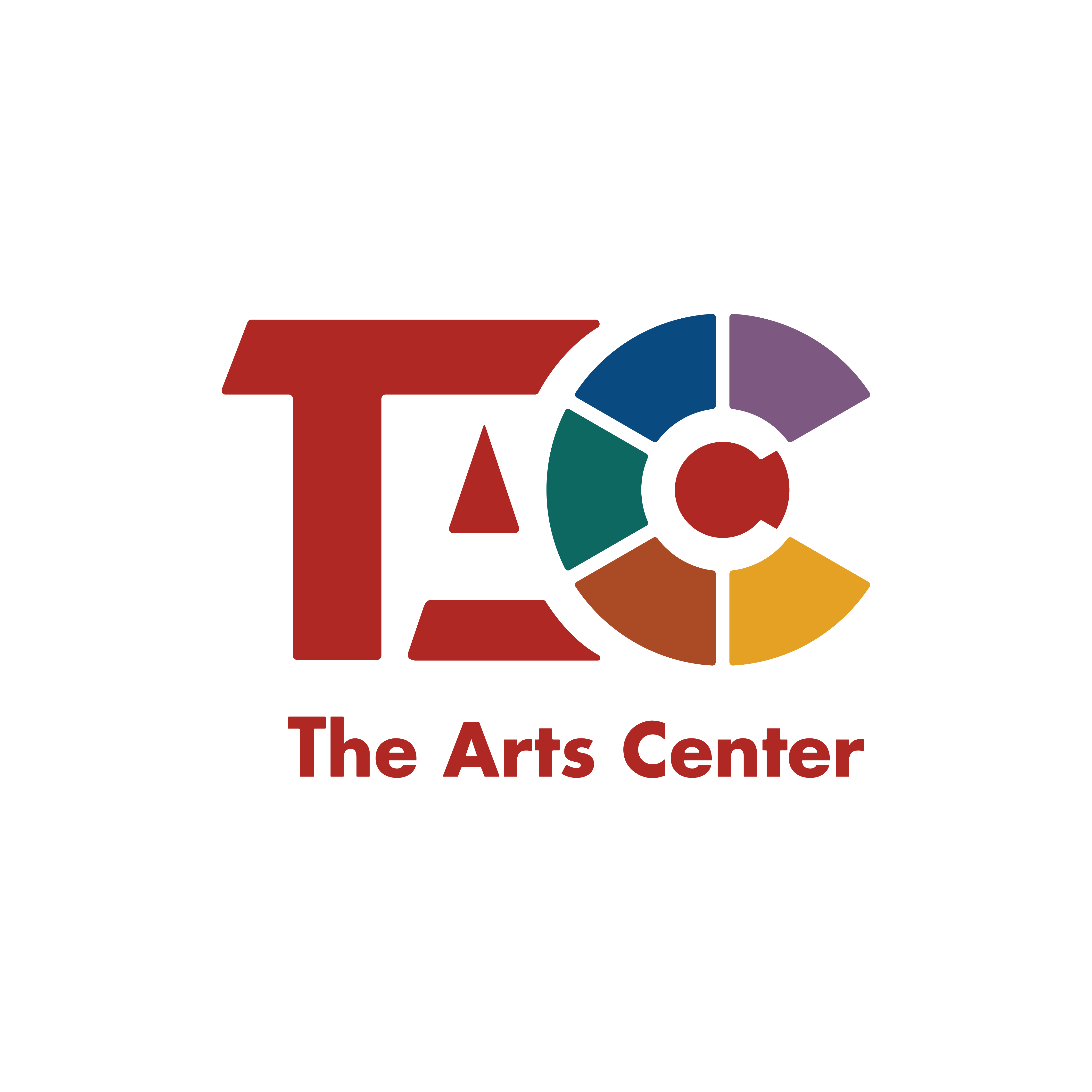
Natalie’s Blog
Microbiomes: TO SEE THE UNSEEN
Spotlight on Kyle Asfahl
Communicating Abstraction in Art and Science
“Something that brings artists and scientists together is that we’re both trying to communicate very abstract ideas,” says Kyle Asfahl.
Asfahl is a graduate student, working on his PhD in microbiology at Oregon State University. His research focuses on how bacteria communicate. In addition to being a researcher, Asfahl is also an artist and spends a lot of time drawing.
Since so much of Asfahl’s work exists in the unseen realm of bacteria, his art provides a way to visualize the complex interactions between the bacteria he studies in the lab.

Exploring Bacterial Communication
Asfahl did his undergraduate and master’s degrees at the University of Arkansas. As an undergraduate, Asfahl discovered his passion for science in Dr. Mary Savin’s lab. He stayed in Dr. Savin’s lab for his master’s degree, researching antibiotic resistance in waste water treatment plants.
Building on this research, Asfahl is now working in Dr. Martin Schuster’s lab at Oregon State, studying quorum sensing, which Asfahl explains is “basically a fancy word for bacterial communication.” Understanding how bacteria communicate is important, because it is the first step in preventing certain kinds of bacteria from harming vulnerable individuals.
Asfahl explains that bacteria communicate using intercellular signaling molecules called acyl-homoserine lactones. Often bacteria are described as working in singular, uncoordinated ways, so this sophisticated communication process initially surprised Asfahl.
“It turns out bacterial populations in a variety of habitats actively communicate and cooperate to form a better population. This idea got me really excited,” says Asfahl.
To learn more about bacterial communication, Dr. Schuster’s lab is using a model organism called Pseudomonas aeruginosa, which is a common environmental bacterium. For most people, coming in contact with Pseudomonas aeruginosa is not a problem. However, it takes advantage of people with compromised immune systems, including people who have cystic fibrosis. Unfortunately, Pseudomonas aeruginosa uses quorum sensing, the cell-to-cell communication Asfahl studies, to become an even better, stronger pathogen. However, Asfahl’s research is part of a coordinated effort that aims to interrupt the conversation.
“If we could silence the conversation or interrupt it, we could disarm the bacteria. That is a strategy called anti-virulence instead of antibiotic. For most people, this is the most directly applicable and tangible outcome of our research,” explains Asfahl.
Visualizing Bacteria in Art
Though Asfahl’s work deals with complex networks of intercellular communication, this communication is not visible. His artwork, however, allows him to further express and process what he does in the lab through visualizing these bacterial processes.
“Art as a form of communication outside of the modes we use as scientists is really important. The current machine for producing scientists doesn’t necessarily encourage the development of abstract thinking the way that people who study art are taught. However, I think a lot of the methods and dialogues that are available to artists, have a lot to offer abstract thinkers in science,” says Asfahl.

Asfahl is passionate about communicating abstraction. He and his wife Amanda Salov, who is a resident artist at The Arts Center and the Department of Microbiology, gave a talk at the State of the Coast Conference in fall 2016 called “Addressing the Abstract through the Lens of Art and Science.”
Two of his pieces are currently displayed in Kidder Hall’s Little Gallery, as a part of the show “Microbiome: Imagining the Unseen.” This show will continue through March 24.
The first piece in the show is from a body of work interested in precision and accuracy.
“I spend a lot of my time in the laboratory trying to make as accurate and precise of measurements as I can, but whenever I draw a line across my notebook, the line isn’t very straight. Science as a discipline aspires to a high level of precision. Yet, the people doing it are just human. They need tools to be precise. So one of the pieces that’s going to be in that show is from a series of drawings where I use tools to make very precise lines and then try to replicate that without tools. They’re really cut-down simple illustrations,” says Asfahl.
Asfahl’s second piece depicts molecular interaction.
“The drawings that I produced are not some kind of diagrammatic, scientifically accurate drawing of molecules. They are inspired by the looseness of everything interacting on that scale. Things are happening very quickly. Enzymes function very quickly. Things are kind of thrown around. Molecules are smashing together all the time, and it just seems kind of chaotic. I think about that whenever I’m working in the lab,” says Asfahl.
To learn more about Asfahl’ work, visit the Little Gallery on Oregon State’s campus before March 24.
And don’t forget to also go to The Art Center’s microbiome show, “To See the Unseen” from April 13 to May 27.
